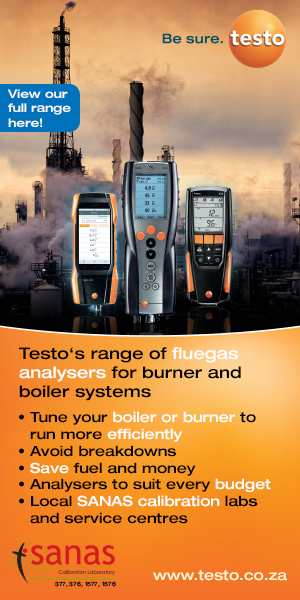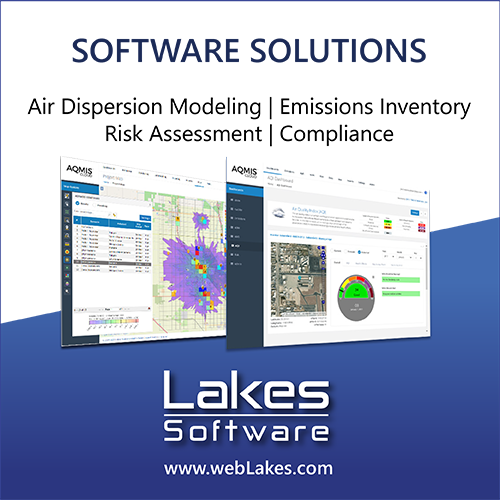Evaluating the potential of remote sensing imagery in mapping ground-level fine particulate matter (PM2.5) for the Vaal Triangle Priority Area
DOI:
https://doi.org/10.17159/caj/2020/30/1.8066Keywords:
Satellite retrievals, ground-based data, PM2.5 concentration, spatial variationsAbstract
The quality of air breathed in South Africa is of great concern, especially in industrialised regions where PM2.5 concentrations are high. Long term exposure to PM2.5 is associated with serious adverse health impacts. Traditionally, PM2.5 is monitored by a network of ground-based instruments. However, the coverage of monitoring networks in South Africa is not dense enough to fully capture the spatial variability of PM2.5 concentrations. This study explored whether satellite remote sensing could offer a viable alternative to ground-based monitoring. Using an eight-year record (2009 to 2016) of satellite retrievals (MODIS, MISR and SeaWIFS) for PM2.5 concentrations, spatial variations and temporal trends for PM2.5 are evaluated for the Vaal Triangle Airshed Priority Area (VTAPA). Results are compared to corresponding measurements from the VTAPA surface monitoring stations. High PM2.5 concentrations were clustered around the centre and towards the south-west of the VTAPA over the highly industrialised cities of Vanderbijlpark and Sasolburg. Satellite retrievals tended to overestimate PM2.5 concentrations. Overall, there was a poor spatial agreement between satellite-retrieved PM2.5 estimates and ground-level PM2.5 measurements. Root mean square error values ranged from 6 to 11 µg/m3 and from -0.89 to 0.32 for the correlation coefficient. For satellite remote sensing to be effectively exploited for air quality assessments in the VTAPA and elsewhere, further research to improve the precision and accuracy of satellite-retrieved PM2.5 is required.
Downloads
Downloads
Published
Issue
Section
License
Copyright (c) 2020 Luckson Muyemeki

This work is licensed under a Creative Commons Attribution 4.0 International License.

All articles are published under a Creative Commons Attribution 4.0 International License; copyright is retained by the authors. Readers are welcome to reproduce, share and adapt the content without permission provided the source is attributed.








.png)